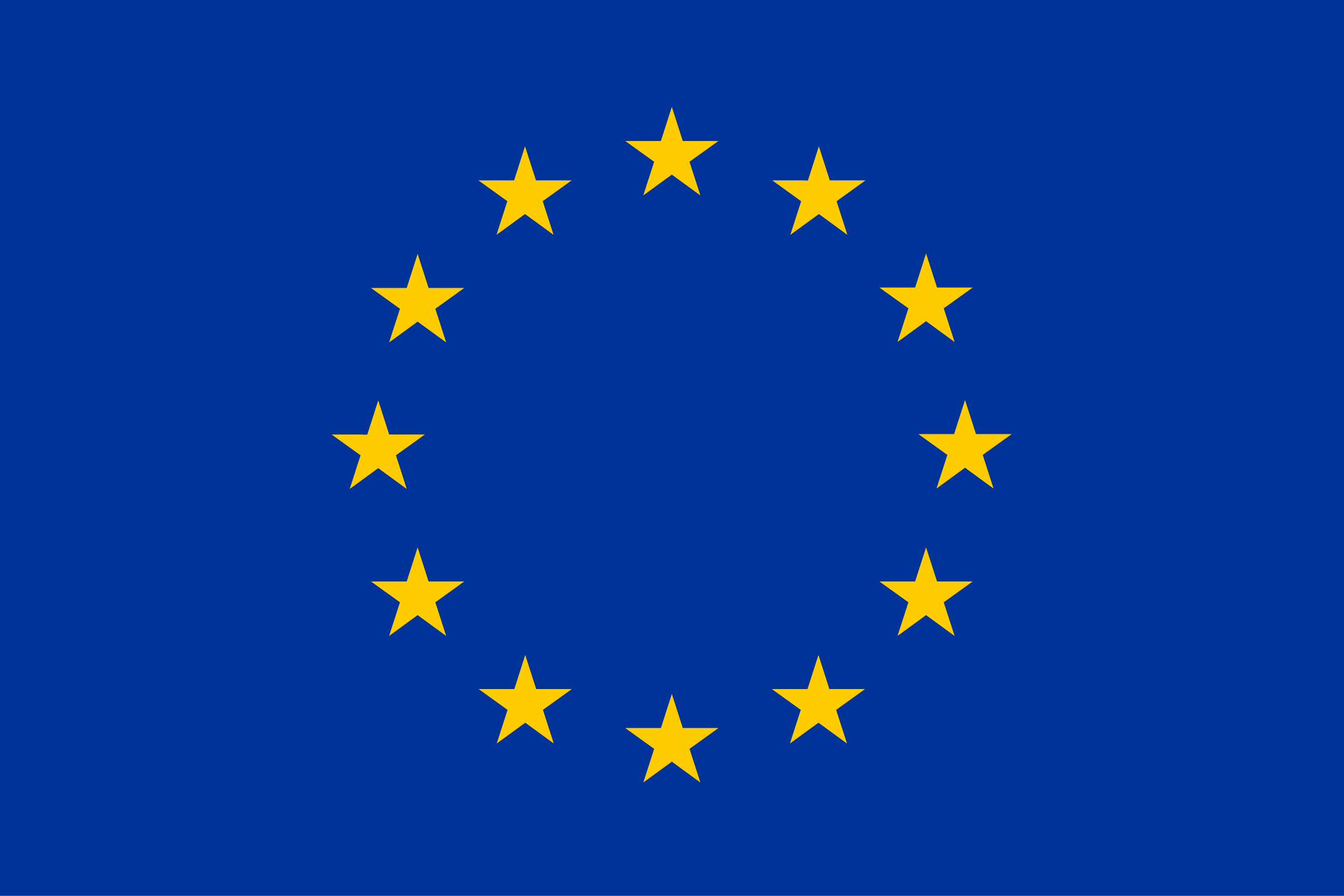
The “Beneficial Owner” Concept in Israeli Tax Law: The Gotte...
The definition and legal interpretation of the term "beneficial owner" plays a critical role in modern tax disputes…

December 12, 2022, the Council of European Union has agreed on a Directive on ensuring a global minimum level of taxation for multinational enterprise groups and large-scale domestic groups in the Union (“Council Directive”)[1], thus introducing inter-European 15% minimal corporate tax rate applied to large multinational and domestic group of companies (i.e. those making €750ml+ in combined annual turnover).
The project of unification of minimal global tax rate was initially introduced in OECD/G20 Base Erosion and Profit Shifting Project document called Statement on a Two-Pillar Solution to Address the Tax Challenges Arising from the Digitalisation of the Economy dated October 8, 2021 (“OECD Statement”)[2].
The Second Pillar of OECD Statements deals with a problem of global base erosion and profit shifting when multinational enterprises tend to reduce its payable corporate taxes by moving (forum-shopping) their head offices or branches outside of EU or to European Union countries with less corporate tax rate (so-called Base Erosion). The Second Pillar introduces a global tax rate of 15% imposed on large multinational entities and encourages all OECD/G20 countries to apply this rule.
The Council Directive implements this rule within European Union and deals with multiple issues that may arise during its implementation in EU countries, including the possible liability of a county that denies to adjust its internal tax regulation to the Council Directive-imposed global minimal 15% corporate tax rate.
By December 2022, 142 countries, including the US, UK, UAE, France, and Germany have joined the network for the international tax reform introduced by OECD statement[3].
[1] Council Directive on ensuring a global minimum level of taxation for multinational enterprise groups and large-scale domestic groups in the Union No. 2021/0433(CNS) dated November 22, 2022 found at: https://data.consilium.europa.eu/doc/document/ST-8778-2022-INIT/en/pdf.
[2] Statement on a Two-Pillar Solution to Address the Tax Challenges Arising from the Digitalisation of the Economy dated October 8, 2021 found at: https://www.oecd.org/tax/beps/statement-on-a-two-pillar-solution-to-address-the-tax-challenges-arising-from-the-digitalisation-of-the-economy-october-2021.pdf.
[3] Countries that joined the initiative and an official website of the project can be found at: https://www.oecd.org/tax/beps/.